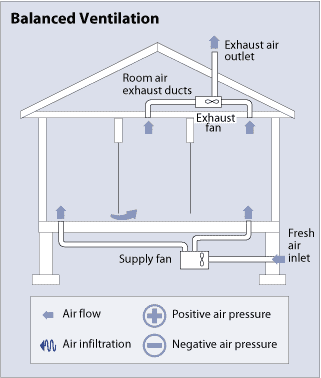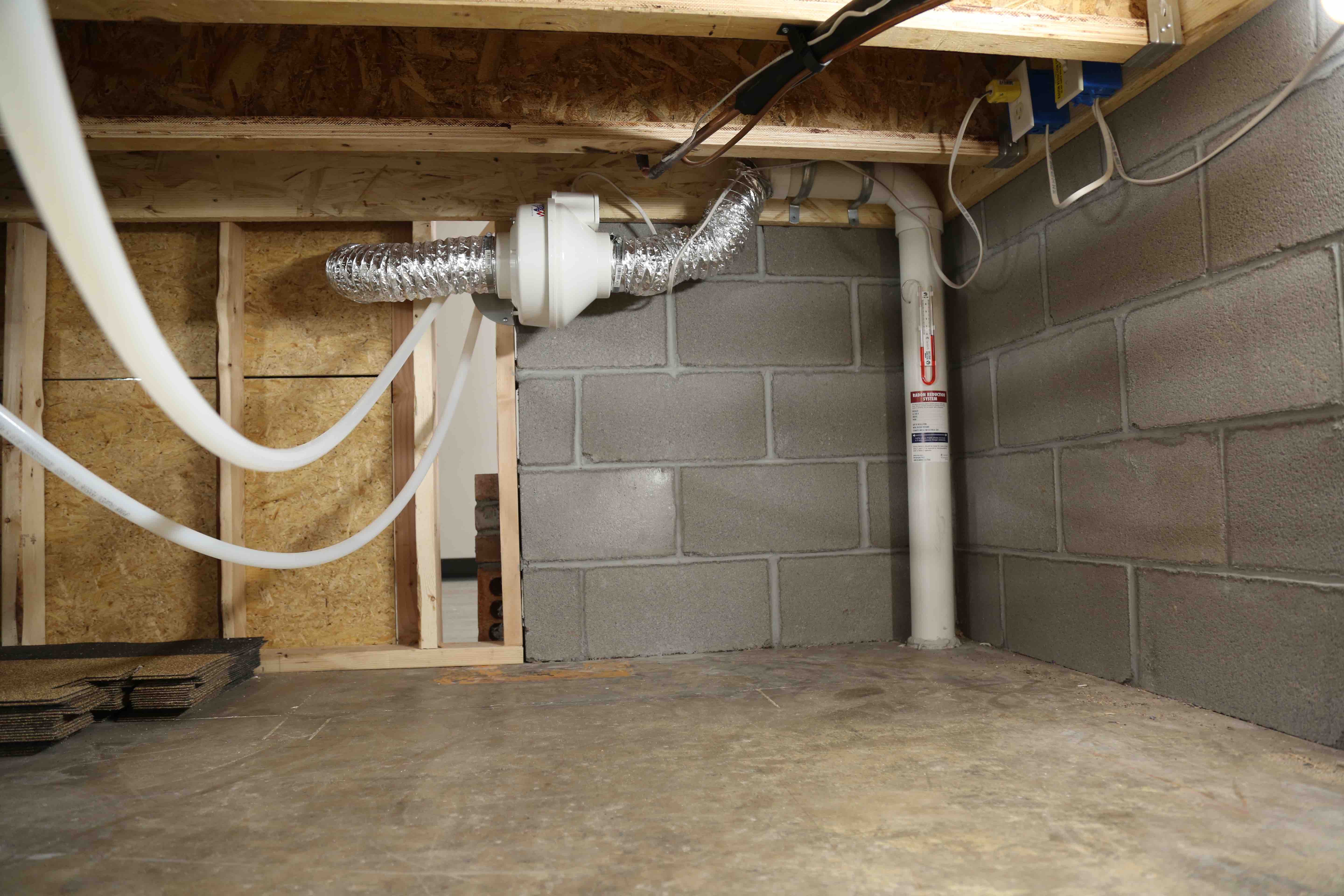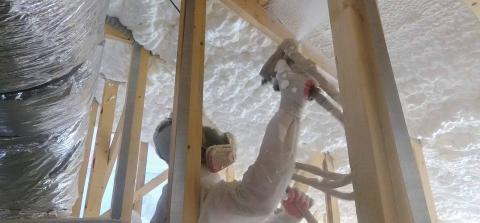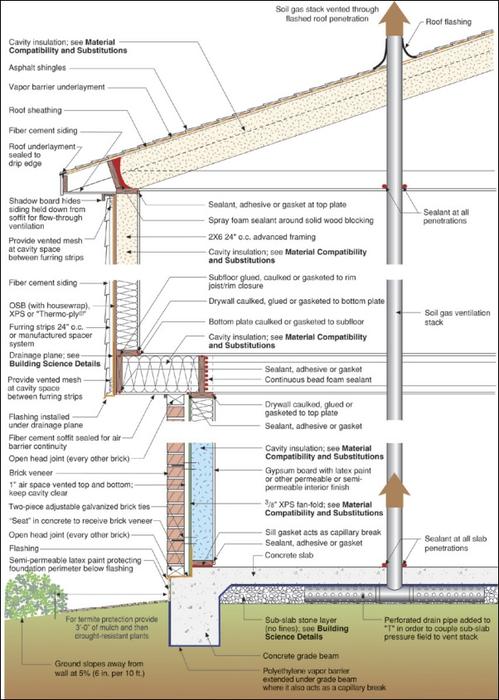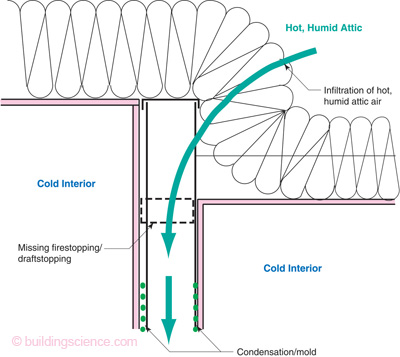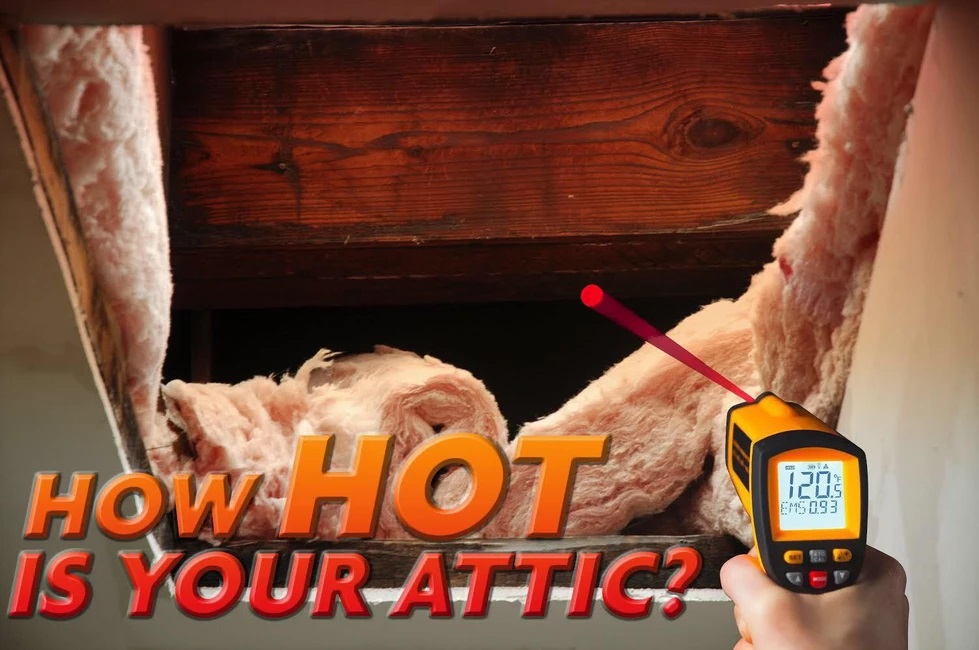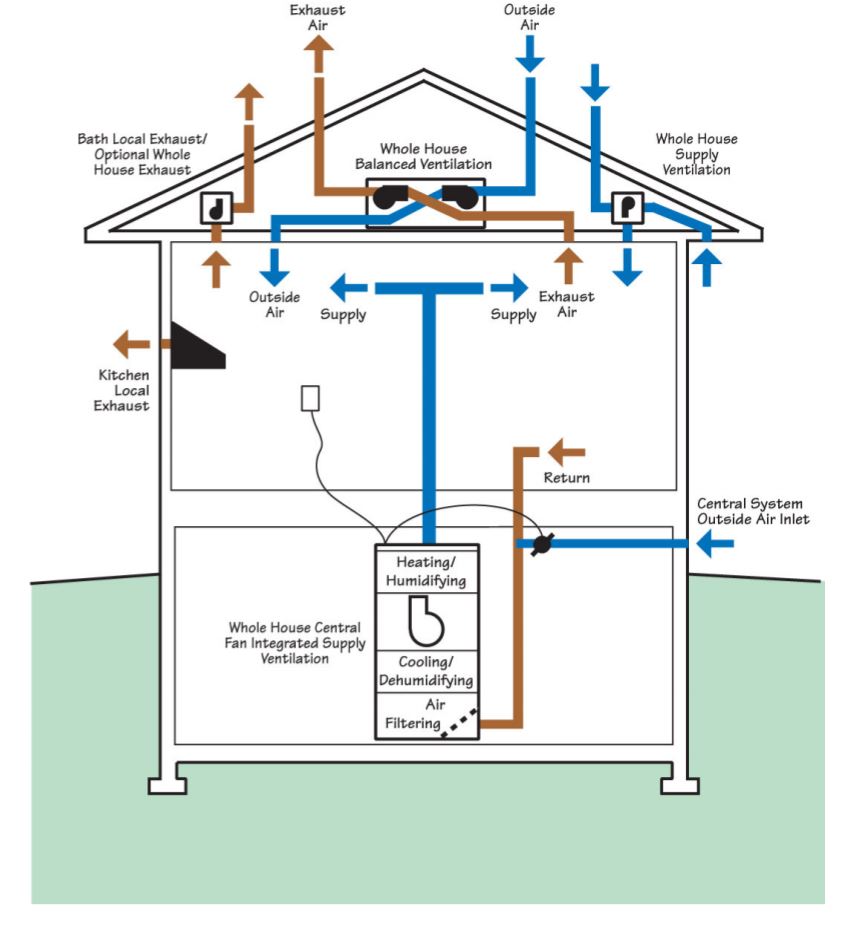One last thought attic ventilation is not there to get rid of heat it is there to get rid of excess moisture accumulating from the home.
Advantage of radon ventillation system to attic vs direct vent.
Taking advantage of this natural process referred to as passive ventilation is the most common way to vent an attic.
About attic ventilation natural attic ventilation.
The general rule of thumb suggests installing at least 1 sq.
Without ventilation unfinished attic spaces can end up having stagnant air.
Radon systems installed through the attic space will hide the radon system from view and offer better protection from the freezing and thaw cycle outdoors.
Or an electrical receptacle installed in an accessible attic location near the radon vent pipe i e a passive system to facilitate future fan installation if needed.
Having the vent stack opening above the roof of the house makes it possible for the radon contractor to get the radon system exhaust further away from doors windows and other.
A space surrounding the radon pipe having a vertical.
Benefits of a radon mitigation system installed in the attic.
How do you pick the right attic vent.
The radon system is hidden.
It can do both.
A radon system installed through the attic is more appealing to potential buyers as it is not a noticable component on the outside of the house.
Ridge vent must me installed per the manufactures instructions.
In most situations the attic installed radon mitigation system is routed through the garage to the attic space above it.
This type of ventilation system is usually set up to ventilate a house at the rate recommended by ashrae 62 2 somewhere in the range of 50 to 100 cfm for most homes.
Best ventilation is open soffit venting to a open vented ridge vent.
An exhaust only ventilation system depends on one or more exhaust fans usually bathroom exhaust fans that either operate continuously or intermittently.
First and foremost rather than having the fan and venting pipes on the outside of the home an interior system means that the only visible component on the outside is the vent stack that rises through the roof.
Without any air movement temperatures in the attic soar in summer and plunge in winter.
Insulation at least r 38 or more is there for heating and.



